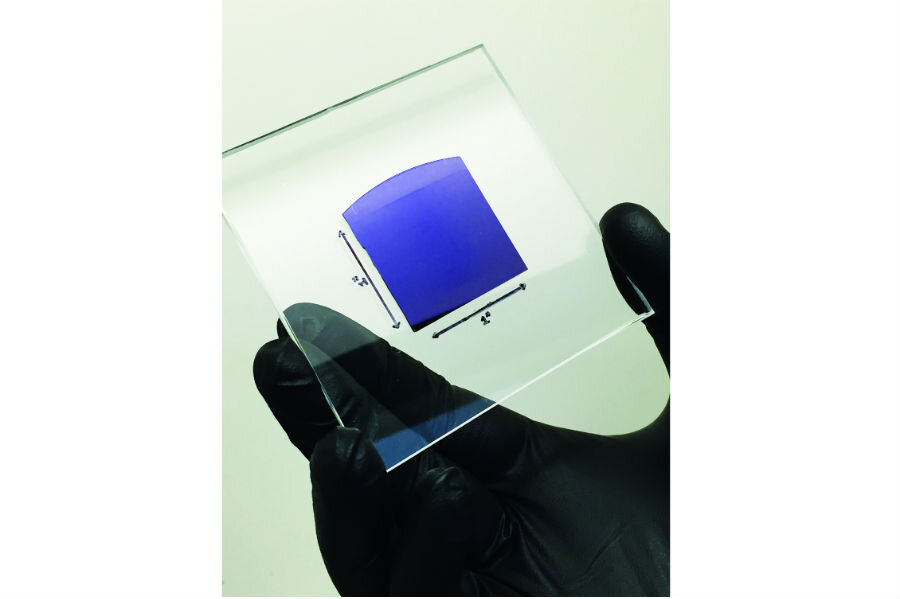For the first time, carbon nanotubes beat silicon transistors
Loading...
Since their commercial introduction in the 1950s, the transistor has gradually become a dominant force in technology. Consumers rely on billions upon billions of silicon and gallium arsenide transistors every day for the functioning of just about any electronic device on the market.
The importance of the transistor to technological development in the 21st century is hard to overstate.
But now, researchers think they can make a better transistor, almost twice as good as any made of silicon.
The secret is carbon nanotubes, a relatively new material that has a number of unusual properties. The material consists of carbon atoms linked together in a cylindrical molecular structure, forming microscopic tubes. The structure of these nanotubes makes them extremely strong proportional to their size and weight, giving them have extraordinary electrical semiconductive properties.
Despite the groundbreaking properties of the nanotubes, the molecular scale of the material has made it difficult to fully utilize the material's potential so far.
“There has been a lot of hype about carbon nanotubes that hasn’t been realized, and that has kind of soured many people’s outlook,” Michael Arnold, one of the lead researchers for the study, said in a press release. “But we think the hype is deserved. It has just taken decades of work for the materials science to catch up and allow us to effectively harness these materials.”
In a paper published in Science Advances, the University of Wisconsin-Madison team described various methods to remove impurities that would interfere with the pure-carbon nanotube's semiconductive abilities. According to Nanotechweb.org, even a single metallic impurity can short-circuit a carbon nanotube-based transistor, decreasing its effectiveness by several orders of magnitude.
Researchers found that by eliminating contaminated nanotubes they were able to create a transistor with an equivalent charge density 1.9 times higher than that of traditional silicon.
The new transistor is an important leap ahead in the field of nanotechnology, according to Arnold.
“Making carbon nanotube transistors that are better than silicon transistors is a big milestone," he said in the press release. "This breakthrough in carbon nanotube transistor performance is a critical advance toward exploiting carbon nanotubes in logic, high-speed communications, and other semiconductor electronics technologies.”
The news has prompted speculation that carbon nanotube transistors might one day replace traditional transistors, according to Tech.com. This advance is particularly pertinent for mobile technology, which requires more current to flow over a smaller area. Carbon nanotube transistors could form the basis of faster processing and more efficient wireless communication between devices, all with lower energy costs and longer battery life.
“This achievement has been a dream of nanotechnology for the last 20 years,” says Arnold.








